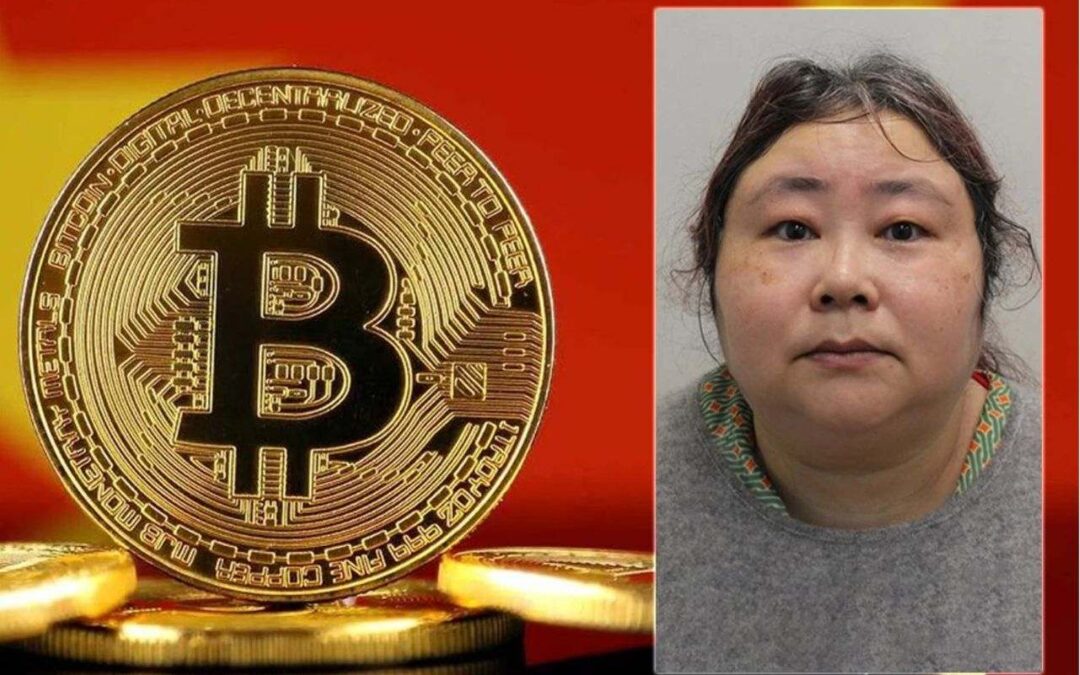Synopsis: A Ponzi mastermind, Zhimin Qian, the “Chinese Cryptoqueen,” duped 128,000 investors of $5.6 billion, converting it into Bitcoin before fleeing abroad. Her 2024 arrest exposed a $6.5 billion crypto fraud and ongoing global restitution battles
A dazzling empire built on deceit came crashing down, shaking the cryptocurrency world. Zhimin Qian, famously known as the Chinese Cryptoqueen, amassed a staggering $6.5 billion in Bitcoin through a vast Ponzi scheme. Her arrest revealed one of the biggest crypto frauds in history, exposing how this complex web of lies unraveled after years of evading justice.
Building a Billion-Dollar Illusion
Zhimin Qian launched her scheme through a company called Lantian Gerui in northern China between 2014 and 2017. She promised investors mostly retirees with life savings extraordinary returns, sometimes as high as 300% annually. Over 128,000 people poured about $5.6 billion into her scheme, believing in promised daily dividends and secure investments.
Behind this glamorous facade, Qian was running a classic Ponzi scheme. Early payouts came from newer investors, masking the reality that no real profits were generated. She cleverly converted much of the money into Bitcoin by 2017, quietly hoarding over 70,000 Bitcoin an amount that would later be worth $6.5 billion. While victims hoped for financial freedom, Qian was securing an illicit fortune at their expense.
Fleeing Justice, Living Lavishly
When Chinese authorities closed in 2017, Qian fled the country with a Bitcoin-laden laptop. Using forged passports, she escaped through Southeast Asia and settled in the UK under an alias. There, she lived in luxury, renting a mansion in Hampstead and spending lavishly on jewelry and designer watches.
Her attempts to launder money extended to property deals worth millions in London and Dubai. Yet, financial watchdogs’ suspicions grew, especially after a suspicious property transaction led authorities to her doorstep. The Metropolitan Police launched a lengthy investigation, tracking her digital footprint through blockchain forensics.
After years on the run, in April 2024, Qian was arrested. Police seized 61,000 Bitcoin worth over £5 billion ($6.6 billion), the largest crypto seizure in UK history, alongside cash, gold, and false passports. Her lavish, globe-trotting lifestyle was a stark contrast to the ruined lives of her victims.
Legal Battles over Frozen Fortunes
The seized Bitcoin still sits frozen, sparking fierce legal battles between victims and the UK government. More than 100,000 investors are fighting for their stolen money, seeking restitution either according to the original investment values or the current soaring Bitcoin price.
One difficult question is whether victims should reclaim only their initial losses or also benefit from Bitcoin’s appreciation. The UK’s Proceeds of Crime Act allows victims to claim ownership, but complex cross-border legal issues complicate matters. Prosecutors propose a court-supervised compensation plan, but its implementation faces challenges due to competing international claims and enforcement issues.
Despite some partial repayments through Chinese courts, many victims await compensation. For them, justice is ongoing a fight not just against fraud but also navigating evolving crypto laws worldwide.
Lessons from an Evolving Crypto Landscape
Qian’s saga adds another chapter to cryptocurrency’s checkered history with crime. Her scheme resembles infamous global frauds like OneCoin and PlusToken but also illustrates how enforcement techniques have improved.
Early scams exploited poorly regulated exchanges and custodial wallets. Now, blockchain analytics and international cooperation help track stolen funds across borders. Authorities have intercepted large sums, balancing the challenges of digital currency’s anonymity with the growing sophistication of tracing tools.
Still, recovering stolen crypto remains tough. Courts struggle with valuation standards and jurisdictional conflicts. Although Qian is behind bars, the ripple effects affect thousands of investors, reminding everyone that cryptocurrency’s promise also comes with persistent risks.
Written By Fazal Ul Vahab C H

